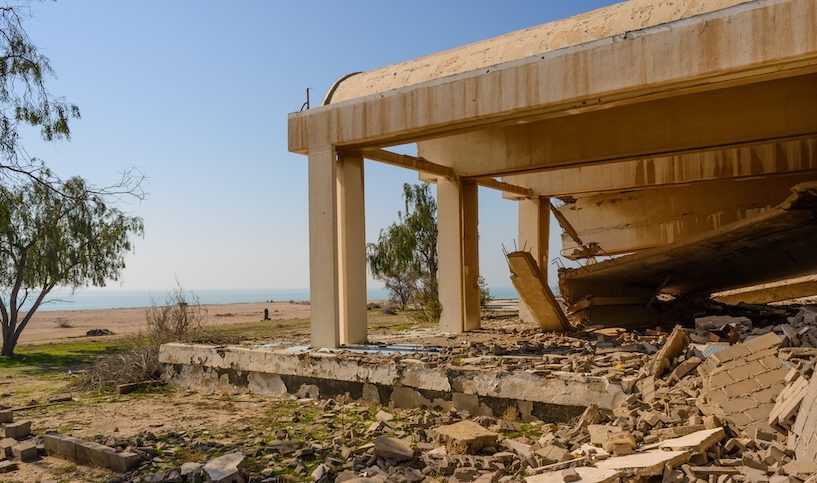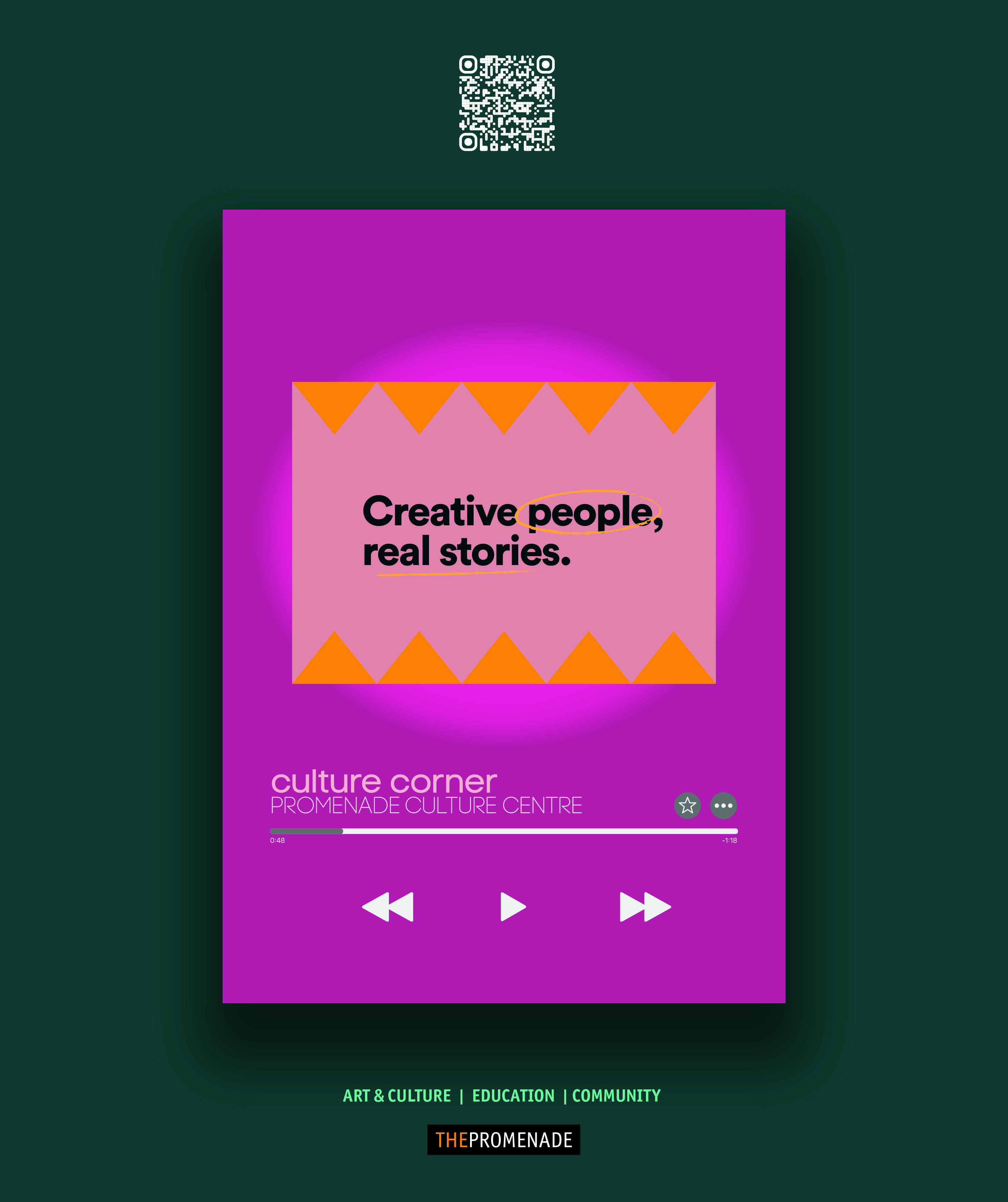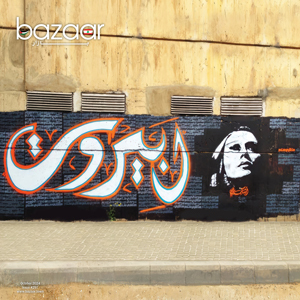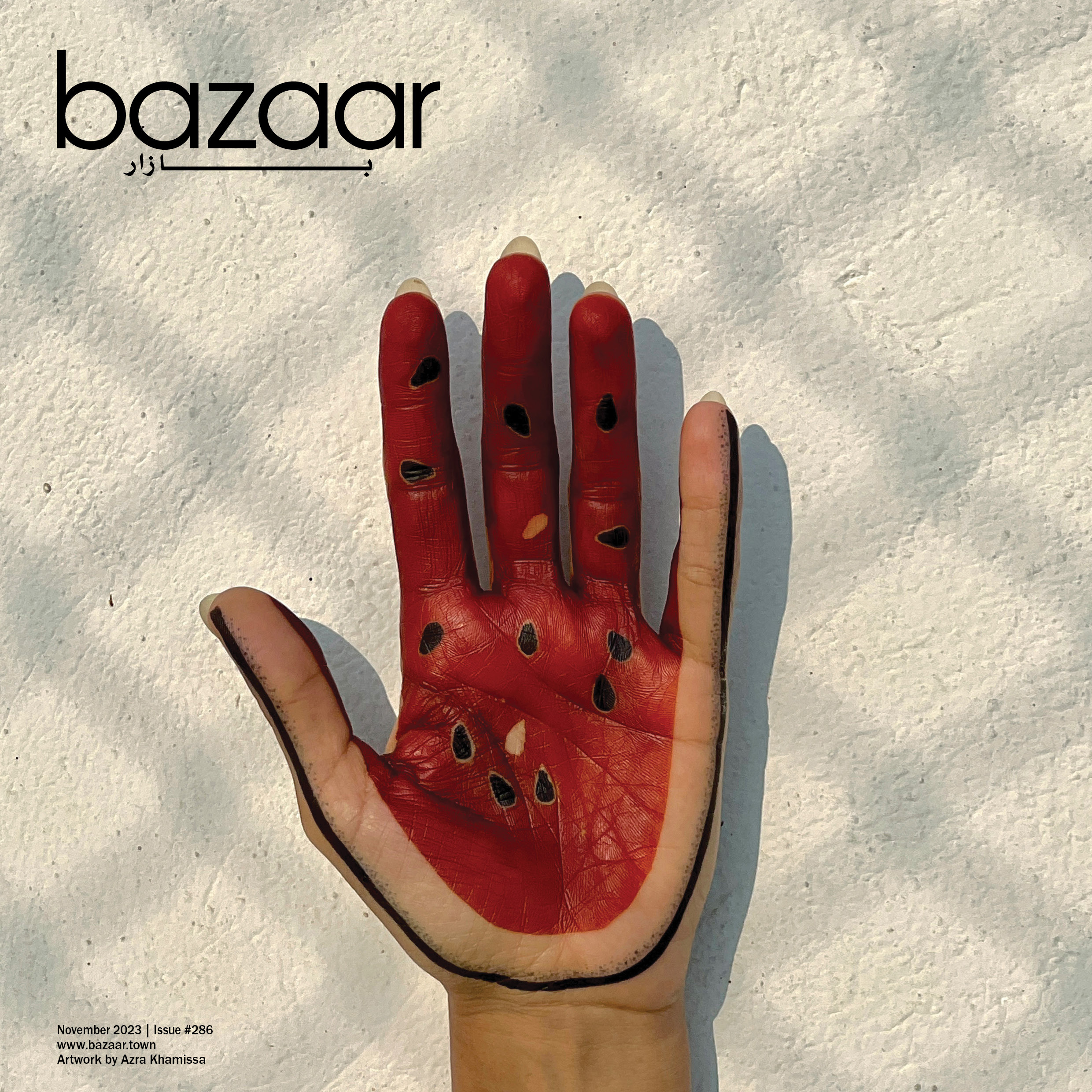by Sara Alnashi
Kuwait is steadfast in realizing the vision of His Highness the Amir Sheikh Sabah Al-Ahmad Al-Jaber Al-Sabah to transform the nation into a global trade and financial hub through the New Kuwait 2035 plan. Among the key initiatives are the Silk City project (Madinat Al-Hareer) and the Mubarak Al-Kabeer Port on Bubiyan Island. The Silk City project, a cornerstone of China’s Belt and Road Initiative, aims to boost Kuwait’s presence in tourism, commerce, and investment. However, despite its ambitious scope—including an international airport, rail network, and Burj Mubarak Al-Kabir, one of the world’s tallest towers—progress has been slow, with the project yet to achieve its objectives.
In contrast, Failaka Island offers a complementary vision, emphasizing cultural preservation and sustainable tourism. As a candidate for UNESCO World Heritage status since 2013, Failaka holds immense archaeological and historical significance. Proposed developments on the island include modern hotels, a cultural hub, and eco-friendly practices. However, there are concerns that large-scale projects, such as marinas and chalets, may jeopardize its cultural integrity. UNESCO recognition would not only safeguard Failaka’s heritage but also elevate its global profile.
Failaka and Bubiyan Islands illustrate the challenges Kuwait faces in balancing economic development with cultural preservation. While Bubiyan focuses on economic growth and regional integration, Failaka underscores the importance of safeguarding historical and cultural heritage.
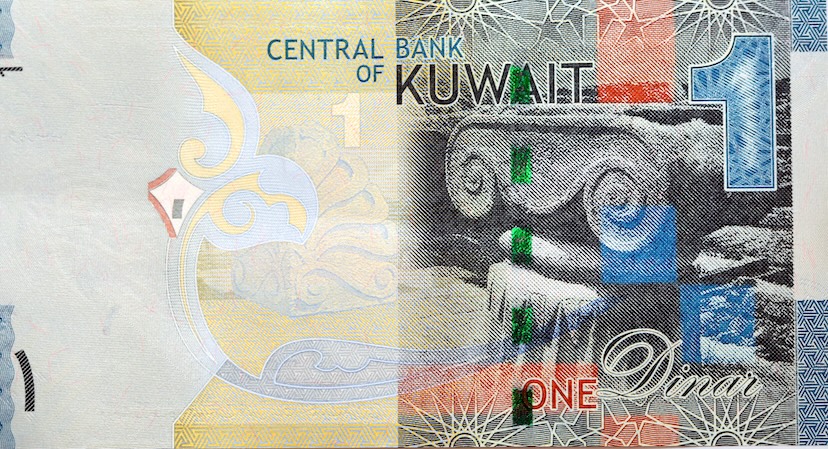
Failaka Island: A Historical and Cultural Treasure
Failaka Island, situated northeast of Kuwait City in the Arabian Gulf, is a testament to over 4,200 years of human settlement. With its fertile soil, fresh water, and strategic maritime position, the island served as a vital link connecting civilizations, from Mesopotamia to the Indus Valley. Archaeological discoveries reveal a rich tapestry of history, including temples, palaces, forts, and artifacts from the Dilmun, Greek, Persian, and Roman eras. Known as “Ikaros” by Alexander the Great, Failaka was once a thriving hub of trade and culture.
The island’s vibrant history was interrupted by the Iraqi invasion in 1990, leaving it abandoned. Yet, Failaka remains a layered record of civilizations and stands as a cultural gem that must be preserved and revitalized.
In a recent interview, Dr. Mohammed Al-Jassar, Secretary-General of the National Council for Culture, Arts, and Letters, highlights Failaka’s unique features:
Historical Significance: Failaka played a pivotal role in connecting ancient civilizations. Known as Agarum in the Dilmun era, the island facilitated trade and cultural exchange among Sumerians, Harappans, and the Magan people. Its archaeological wealth includes Dilmun seals, Greek coins, and Hellenistic fortresses, underscoring its cross-cultural importance.
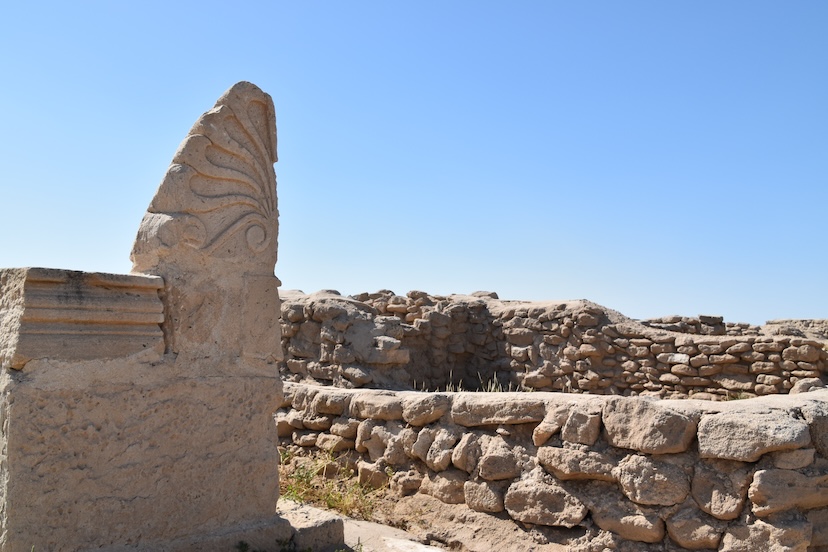
Cultural Tourism and Development: Failaka holds a nostalgic place in Kuwaiti history, especially as a tourist destination before 1990. Projects like the 1982 Failaka Tourist Resort exemplify its potential as a cultural and recreational hub. Future developments must honor its architectural and historical legacy while modernizing infrastructure.
Natural Beauty: With sandy beaches, clear waters, and diverse flora and fauna, Failaka offers significant eco-tourism opportunities. Preserving its natural landscapes is essential for sustainable tourism.
Geo-Strategic Location: Historically, Failaka served as a maritime gateway and strategic hub for trade and defense. Its role as a connector of civilizations is evident in archaeological sites spanning the Bronze Age to the Christian era.
Archaeological Richness: Excavations on Failaka have unearthed temples, palaces, and other structures that narrate the region’s rich cultural and historical legacy. Artifacts highlight the convergence of civilizations and underscore the island’s role as a cultural crossroads.
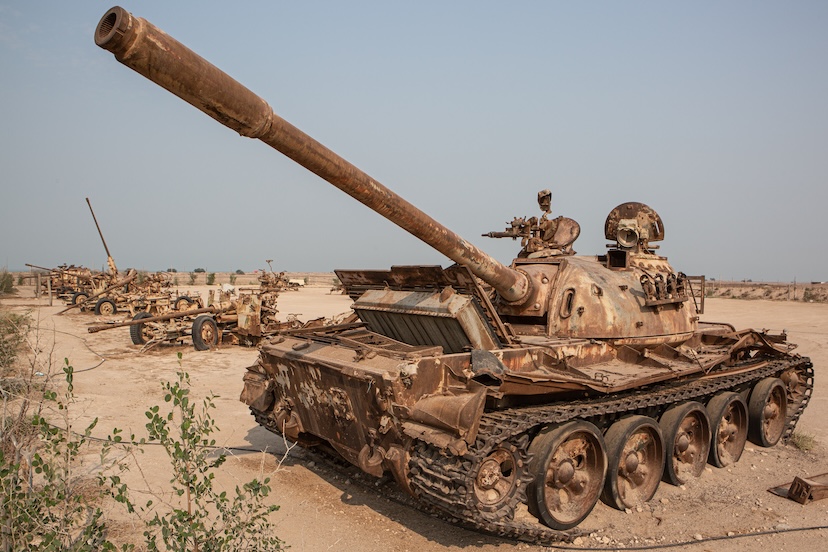
Cultural Preservation and Modern Development
Efforts to preserve Failaka include initiatives by scholars like Dr. Hassan Ashkanani, whose television program, The Story of a Land, documents the island’s archaeological significance. Field trips led by Dr. Ashkanani provide educational experiences that deepen appreciation for Failaka’s heritage.
The Failaka Institute for Knowledge and Arts Research (FIKAR) further amplifies the island’s significance by fostering artistic and academic exploration. Positioned as a think tank and creative platform, FIKAR addresses contemporary global challenges while celebrating Failaka’s history. By using the island as a lens to observe the consequences of climate change and the impacts of late-stage capitalism, FIKAR highlights Failaka’s potential as a unique site for reflection and innovation. Equally intriguing will be the exploration of how emerging forms of capitalism might shape the island’s future, presenting new dynamics for analysis and artistic expression.
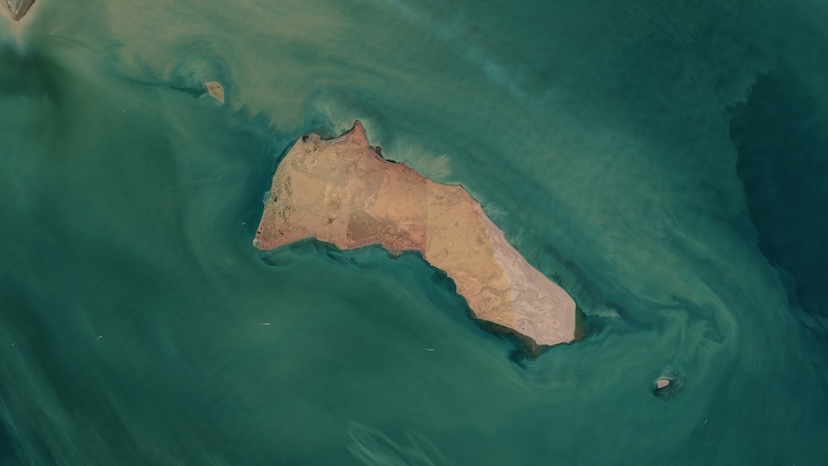
Striking a Balance for Sustainable Development
The Failaka Island Development Project, led by the Touristic Enterprises Company, envisions a comprehensive transformation of the island into a premier cultural and tourist destination. Plans include luxury resorts, marinas, golf courses, and a heritage village, all designed to blend modern amenities with historical preservation. However, achieving this vision requires a careful balance. Development must integrate archaeological sites into visitor experiences, ensuring that Failaka’s authentic features remain intact. Modern enhancements should complement, not overshadow, the island’s historical and cultural identity.
Failaka Island represents Kuwait’s challenge of harmonizing cultural preservation with modern development. Prioritizing sustainable tourism and integrating its rich heritage into future initiatives can position Failaka as a global model for thoughtful progress. Its preservation is not only vital to Kuwait’s national identity but also contributes significantly to global cultural heritage.
With strategic planning and a commitment to authentic values, Failaka has the potential to transform into a “dream island”—a symbol of the harmonious coexistence of history, culture, and innovation. By identifying and preserving its key features, the New Failaka Authority can create a sustainable roadmap that ensures Failaka’s legacy endures for generations, cementing its role as a beacon for Kuwait’s future.
Sara Alnashi is a graphic designer from Kuwait with a deep passion for exploring and preserving her country’s cultural and historical heritage. Inspired by the nuances of everyday life, her work reflects a thoughtful blend of tradition and modernity. Sara holds an MSc in Modern and Contemporary Art from the University of Edinburgh, where she honed her creative and academic pursuits. Explore her portfolio at saraalnashi.myportfolio.com

